
Filter News
Area of Research
- (-) Biology and Soft Matter (1)
- (-) Materials (113)
- Advanced Manufacturing (4)
- Biology and Environment (55)
- Computational Biology (1)
- Computational Engineering (1)
- Computer Science (3)
- Electricity and Smart Grid (1)
- Energy Science (119)
- Energy Sciences (1)
- Functional Materials for Energy (2)
- Fusion and Fission (9)
- Fusion Energy (1)
- Isotope Development and Production (1)
- Isotopes (28)
- Materials for Computing (18)
- Mathematics (1)
- National Security (27)
- Neutron Science (125)
- Nuclear Science and Technology (14)
- Quantum information Science (4)
- Supercomputing (76)
News Topics
- (-) Cybersecurity (4)
- (-) Energy Storage (34)
- (-) Frontier (3)
- (-) Isotopes (13)
- (-) Microscopy (27)
- (-) Neutron Science (33)
- (-) Polymers (17)
- (-) Space Exploration (2)
- 3-D Printing/Advanced Manufacturing (23)
- Advanced Reactors (4)
- Artificial Intelligence (9)
- Big Data (2)
- Bioenergy (11)
- Biology (4)
- Biomedical (7)
- Buildings (5)
- Chemical Sciences (33)
- Clean Water (3)
- Composites (9)
- Computer Science (17)
- Coronavirus (4)
- Critical Materials (13)
- Environment (16)
- Exascale Computing (2)
- Fusion (7)
- Grid (5)
- High-Performance Computing (4)
- Irradiation (1)
- ITER (1)
- Machine Learning (5)
- Materials (73)
- Materials Science (78)
- Mathematics (1)
- Molten Salt (3)
- Nanotechnology (39)
- National Security (3)
- Nuclear Energy (16)
- Partnerships (11)
- Physics (28)
- Quantum Computing (3)
- Quantum Science (11)
- Security (2)
- Simulation (1)
- Summit (2)
- Transportation (14)
Media Contacts
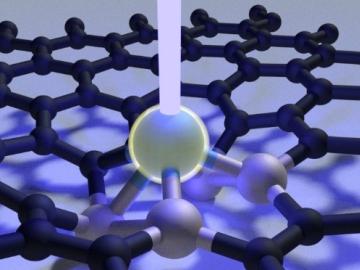
Scientists at Oak Ridge National Laboratory used a focused beam of electrons to stitch platinum-silicon molecules into graphene, marking the first deliberate insertion of artificial molecules into a graphene host matrix.

OAK RIDGE, Tenn., Feb. 27, 2020 — Researchers at Oak Ridge National Laboratory and the University of Tennessee achieved a rare look at the inner workings of polymer self-assembly at an oil-water interface to advance materials for neuromorphic computing and bio-inspired technologies.

Energy storage startup SPARKZ Inc. has exclusively licensed five battery technologies from the Department of Energy’s Oak Ridge National Laboratory designed to eliminate cobalt metal in lithium-ion batteries. The advancement is aimed at accelerating the production of electric vehicles and energy storage solutions for the power grid.
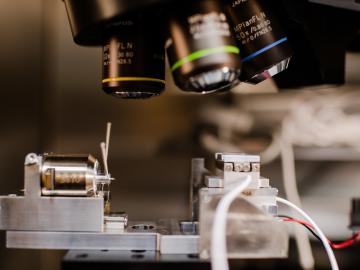
The formation of lithium dendrites is still a mystery, but materials engineers study the conditions that enable dendrites and how to stop them.
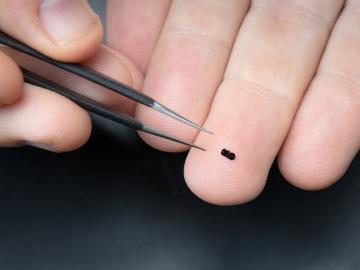
Liam Collins was drawn to study physics to understand “hidden things” and honed his expertise in microscopy so that he could bring them to light.

Researchers at the Department of Energy’s Oak Ridge National Laboratory have received five 2019 R&D 100 Awards, increasing the lab’s total to 221 since the award’s inception in 1963.
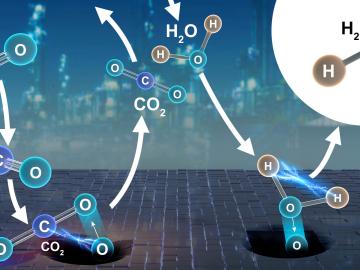
Collaborators at the Department of Energy’s Oak Ridge National Laboratory and U.S. universities used neutron scattering and other advanced characterization techniques to study how a prominent catalyst enables the “water-gas shift” reaction to purify and generate hydrogen at industrial scale.
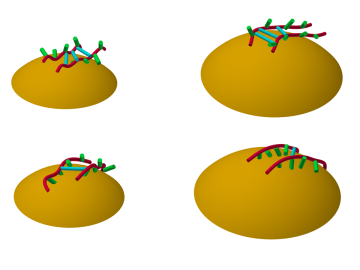
A team of researchers at Oak Ridge National Laboratory have demonstrated that designed synthetic polymers can serve as a high-performance binding material for next-generation lithium-ion batteries.

Researchers have pioneered a new technique using pressure to manipulate magnetism in thin film materials used to enhance performance in electronic devices.

Scientists have discovered a way to alter heat transport in thermoelectric materials, a finding that may ultimately improve energy efficiency as the materials


